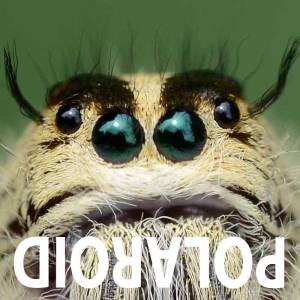Fly eyes
Since starting this cataloguing exercise for all my bug shots, I am coming to realize that from an identification point, how inadequate my shots are. The full on shot of a jumping spider's eyes may well make an impressive blip, but without a view of the abdomen patterns, it is impossible to label.
The same thing goes for dragonflies. With some species, the female of one looks like the male of a different species, so extra shots of the underside need to be collected and filed, even though as an image, it will never see the light of day.
So, today was all about photographing dragons and jumping spiders, I would pick up a dragon eye shot for blip as I go. I started the safari very early, at first light in order to catch the dragons in a lethargic state. This plan worked very well and I was actually able to pose the dragons by gently moving with my finger, to raise the abdomen for a better shot. Probably hard to believe possible, I guess I should make a video of this one day.
Having collected all the shots that I wanted, I was on my way back when this big fly plopped onto a leaf in front of me, perfect position for a head shot. I could not resist, moved in and fired off just a few shots, no more, otherwise I would get tied down processing fifty shots that would never get used.
It was just as well that I took the fly shots because the dragon head material was crap!
A good shot showing the complexity of the compound eyes, also the group of three ocelli or simple eyes on the top of the head. The sparse and ordered arrangement of thick hairs, all of which have sensory input.
The antennae, with a detailed look at the arista, the hair that grows out of the antenna, was a bonus. The antennae are used to detect air movement like all the other hairs, but also olfactory odors through sensory pits in the main antenna. I bet there is a lot more going on that the scientists haven't figured out yet.
Dave
- 23
- 4
- Nikon D7000
- 1/50
- f/8.0
- 105mm
- 100

Comments
Sign in or get an account to comment.


